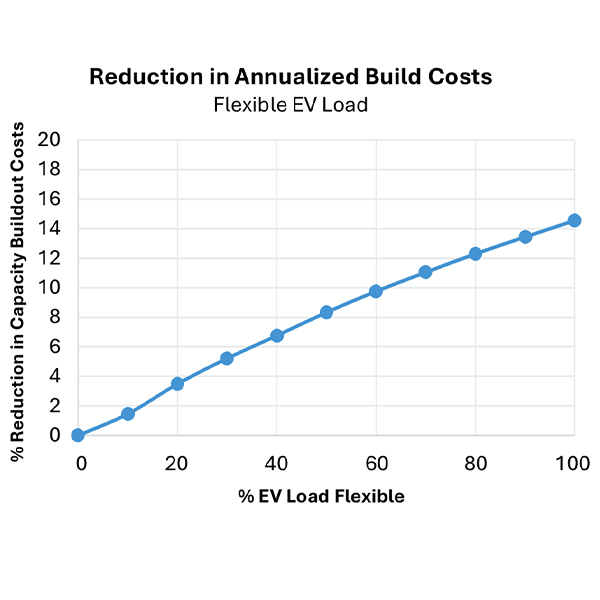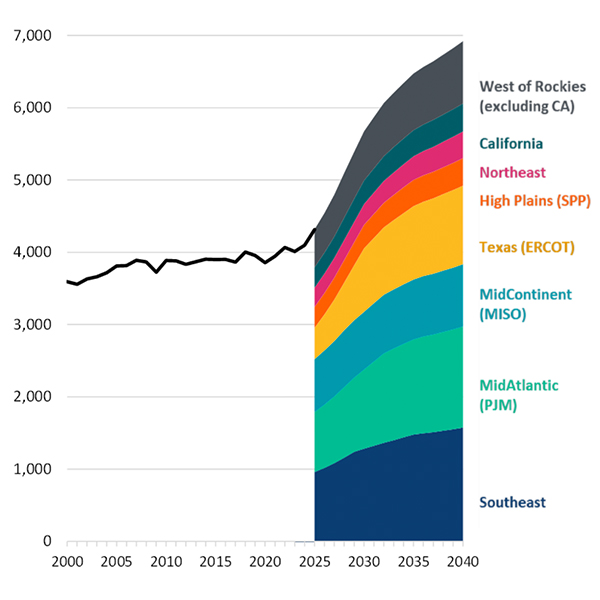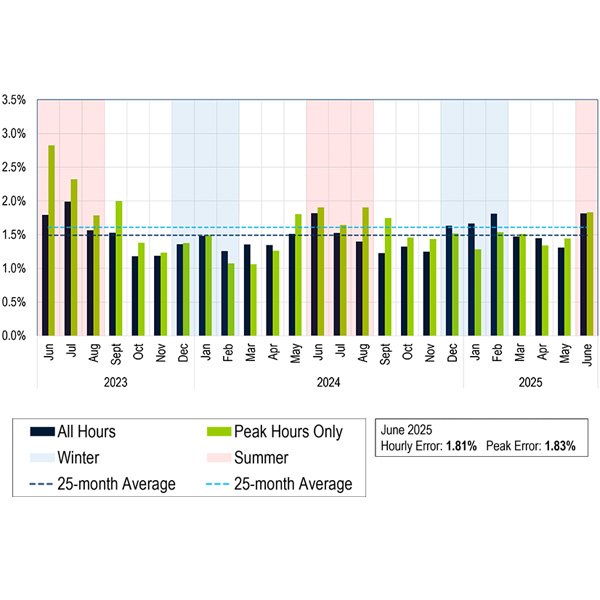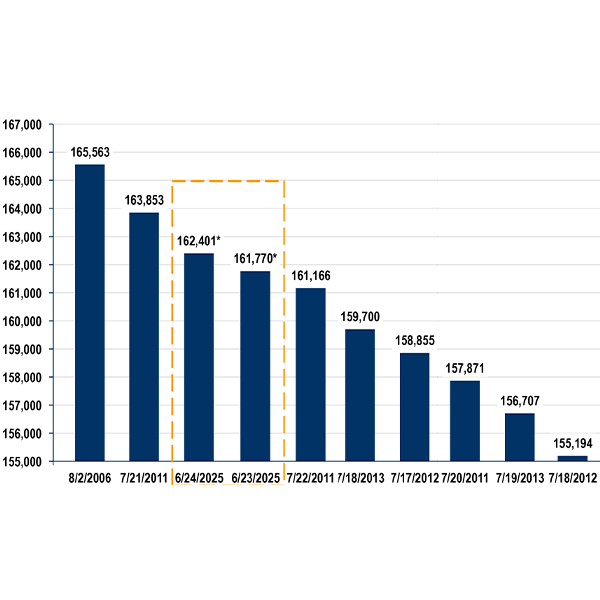Demand Response
Increased demand flexibility could significantly reduce production costs, capital costs, and transmission costs in New England by better-aligning load with generation and reducing peak loads, ISO-NE said.
A CATF report argues that planners need to use demand-side resources, grid-enhancing technologies and other quick-to-deploy resources as part of a "least-regrets" effort to meet growing demand.
SPP stakeholders resoundingly rejected a proposed tariff change to integrate large loads, pushing back against what some say is a rushed process outside of the normal stakeholder structure.
The Virginia SCC ordered changes to Dominion's IRP filings, requiring scenarios that meet state clean energy goals and have an increased level of storage, efficiency and demand-side management.
MISO has filed with FERC to impose more exacting testing on its demand response resources in an effort to deflect fraud.
PJM presented manual revisions to reflect the generation deactivation process stakeholders approved in January.
NYISO performed an autopsy on the system conditions during the late June heat wave for the New York State Reliability Council at its Installed Capacity Subcommittee meeting.
PJM saw its highest peak loads in over a decade during a heat wave that stressed the Mid-Atlantic region from June 22 to 26.
SPP’s REAL Team has endorsed RTO staff’s framework for demand response, allowing the grid operator to bring it forward to the quarterly governance meetings in July and August and to then begin drafting the tariff change.
PJM's Independent Market Monitor asked FERC to impose behavioral constraints on NRG Energy's proposed purchase of power plants and demand response from LS Power.
Want more? Advanced Search










